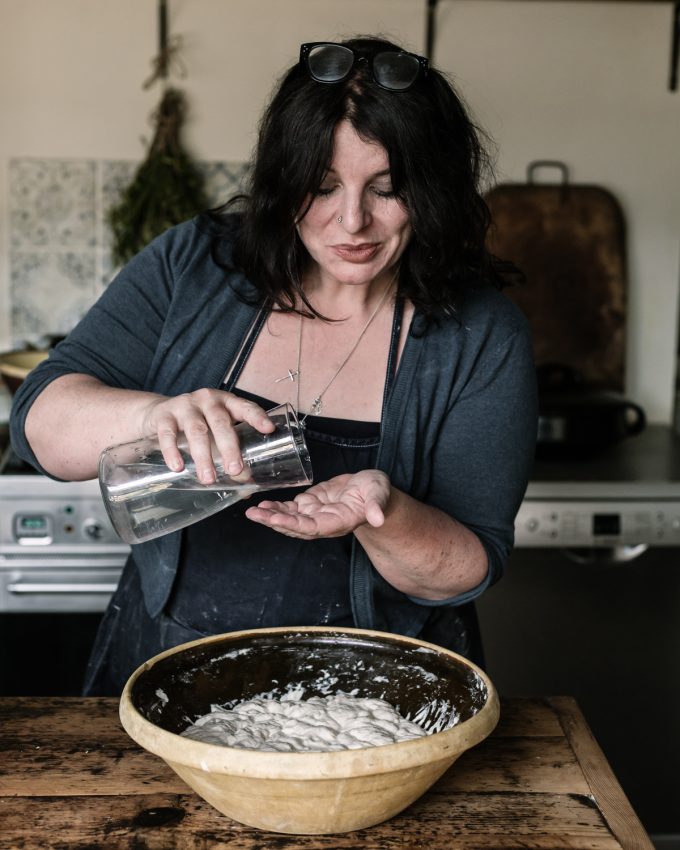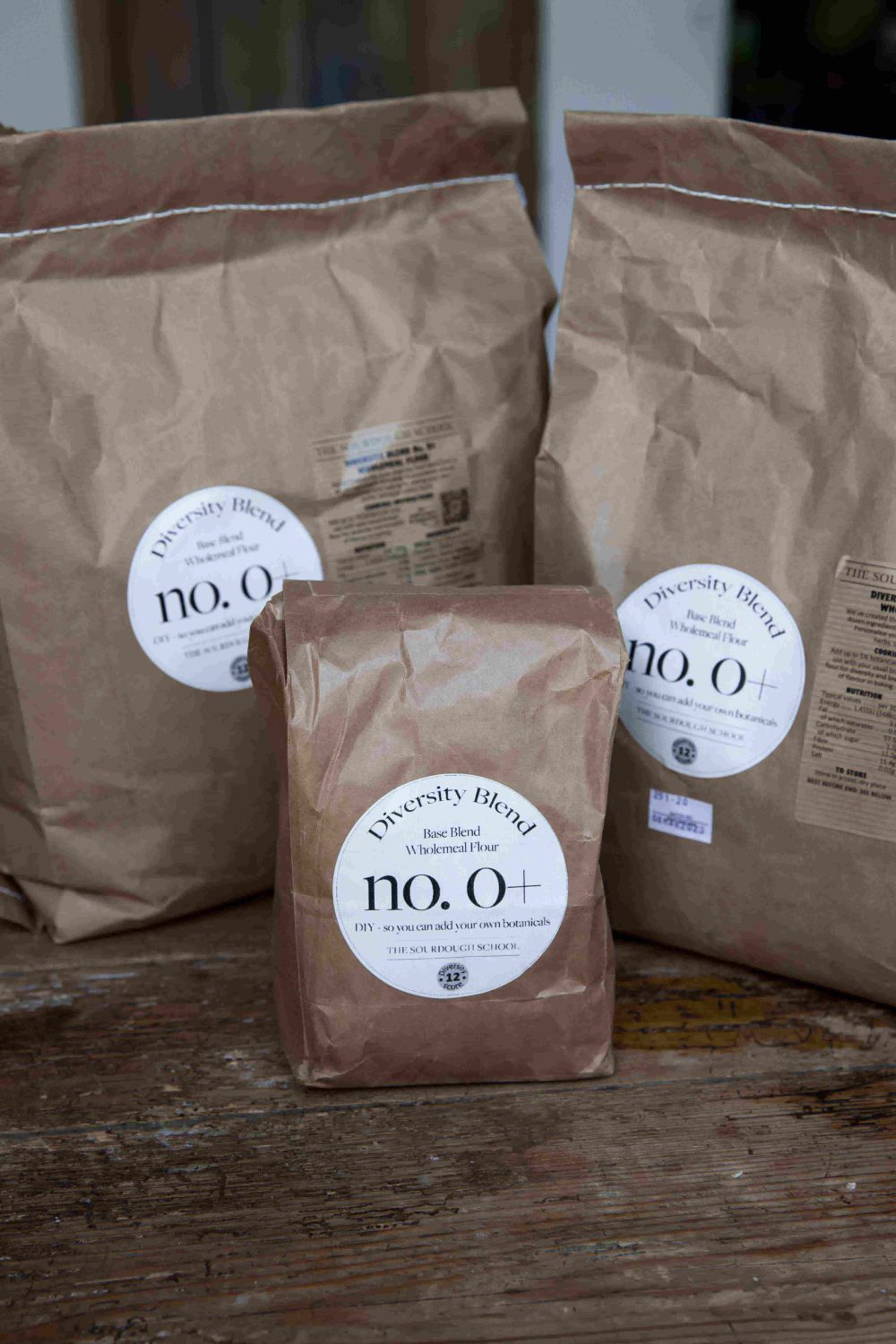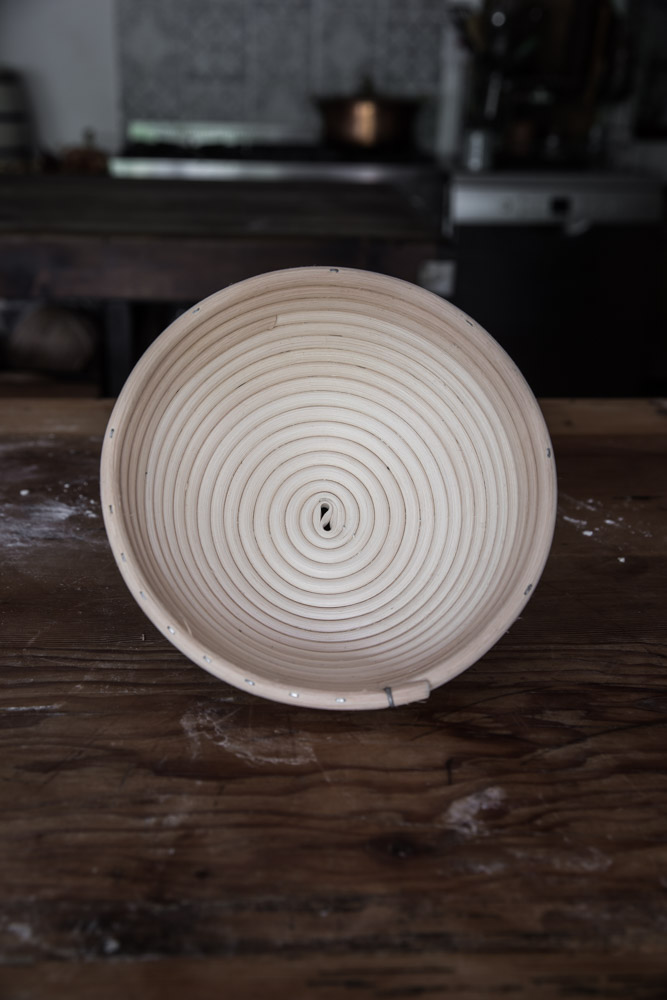Progressive hydration technique to improve gluten development and dough elasticity in sourdough baking
Understanding Bassinage in Sourdough Baking
Bassinage is a method of gradually adding water to bread dough during mixing. Instead of incorporating all the water at once, a portion is held back and introduced after the gluten has begun forming. This technique gives bakers more control over dough consistency and hydration levels, especially in high-hydration sourdough recipes.
By delaying the final water addition, bassinage allows the initial flour and water to combine more effectively. This forms a stronger gluten network and results in a dough that is both extensible and elastic-qualities that improve oven spring, crumb texture, and overall structure.
Why Use Bassinage?
This technique is particularly useful when working with flours that absorb water slowly, such as wholegrain or botanical blend flours. Adding all the water upfront can sometimes result in sticky, hard-to-manage dough. With bassinage, the baker waits for gluten development to begin before slowly incorporating the remaining water, making the dough easier to handle.
Bassinage can also enhance fermentation by creating a looser, more open crumb. It gives the dough time to adjust to hydration changes and reduces the risk of overmixing or tearing the gluten structure.

Incorporating Bassinage Into Your Sourdough Practice
This gradual hydration technique is commonly taught alongside other essential sourdough methods such as stretch and fold and autolyse. This skill is especially important when working with variable ingredients such as wholegrain or heritage grains.
Understanding when and how to apply bassinage can transform your baking results. At The Sourdough School, we use it as part of a wider approach that focuses on fermentation for health and flavour. This technique is explored through practical learning, both in our courses and research, helping bakers develop loaves that are more digestible, structurally sound, and rich in nutritional value.



